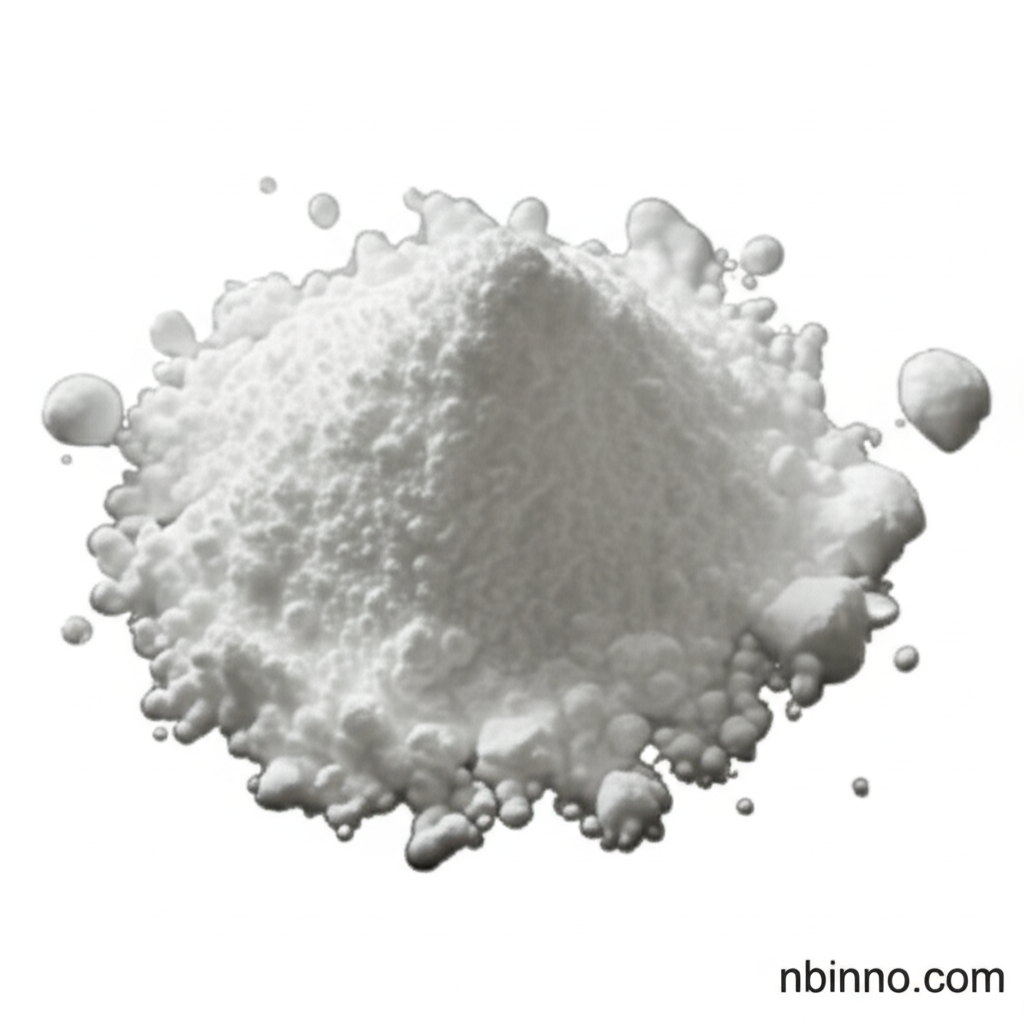Antimony Trioxide (Sb2O3): Enhancing Flame Retardancy in Polymers and Beyond
Discover the power of Antimony Trioxide as a crucial flame retardant synergist across diverse industrial applications.
Get a Quote & SampleProduct Core Value

Antimony Trioxide
Antimony Trioxide (Sb2O3) is a high-performance additive renowned for its exceptional ability to synergize with halogen-based flame retardants, significantly boosting the fire resistance of a wide array of polymer materials. Its chemical composition and physical properties make it indispensable in industries requiring stringent safety standards.
- Leverage Antimony Trioxide Flame Retardant Solutions for superior fire safety in your materials, particularly when combined with halogenated compounds to create a robust synergistic flame retardant system.
- Explore the diverse Antimony Trioxide applications in plastics and rubber, where it acts as a critical flame retardant additive, enhancing the overall safety profile of end products.
- Benefit from the high purity of our Antimony Trioxide (99.8%), ensuring consistent and effective performance as a synergist in complex formulations.
- Understand the Antimony Trioxide (Sb2O3) mechanism of action, involving gas-phase radical trapping and solid-phase char formation, which effectively inhibits flame propagation.
Key Advantages
Enhanced Flame Retardancy
Antimony trioxide, when used with halogenated compounds, forms an antimony/halogen synergistic flame retardant system that significantly improves flame retardant properties, helping materials meet stringent safety standards like UL-94 V-0, a critical aspect of 'flame retardant for PVC cables'.
Versatile Application Scope
Its utility extends across numerous sectors, from plastics and rubber to paints, pigments, glass clarification, and electronics, showcasing its role in 'advanced polymer additives for fire safety' and as a 'chemical auxiliary for plastics and coatings'.
Cost-Effective Synergy
The 'antimony trioxide market trends' indicate its continued importance, especially for applications where cost-effective synergy is paramount. It allows for reduced overall flame retardant loading while maintaining high performance, as discussed in 'synergistic flame retardant systems'.
Key Applications
Plastics and Rubber
As a primary 'flame retardant additive for polymers', Antimony Trioxide is crucial for products like PVC cables and electronic casings, contributing to their safety and compliance with 'flame retardant for PVC cables' requirements.
Glass Industry
In glass manufacturing, Antimony Trioxide functions as an effective clarifying agent, contributing to the clarity and quality of glass products, a key function for 'glass manufacturing enhancers'.
Paints and Coatings
It serves as a white pigment and flame retardant in paints, offering both aesthetic and safety benefits, aligning with the needs of 'chemical auxiliaries for plastics and coatings'.
Electronics
For 'electronics material safety', Antimony Trioxide is vital for ensuring that electronic components and casings meet strict flammability standards, preventing hazards in high-demand environments.
